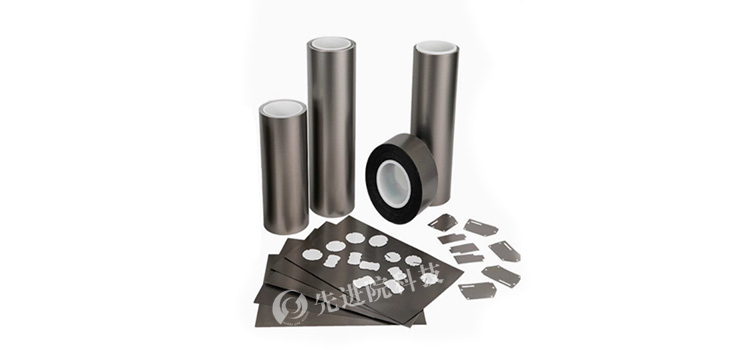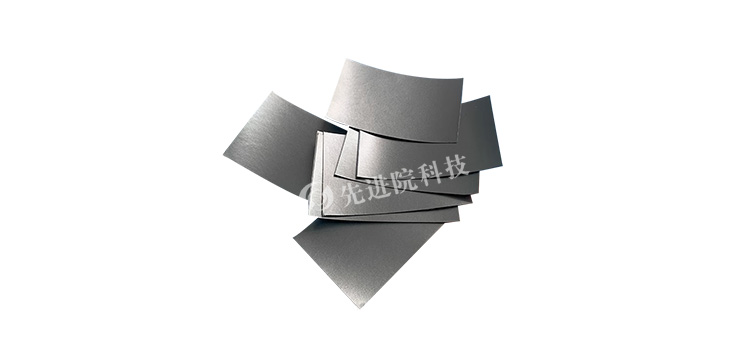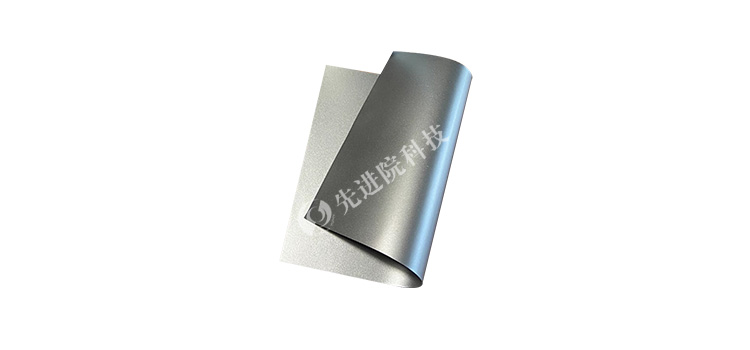

Hotline:0755-22277778
Tel:0755-22277778
Mobile:13826586185(Mr.Duan)
Fax:0755-22277776
E-mail:duanlian@xianjinyuan.cn
In the development of modern electronic devices, the application of absorbing materials has become increasingly important. Especially in the field of electromagnetic compatibility (EMC), low permeability absorbing materials play an important role in reducing electromagnetic interference and electromagnetic wave reflection. However, how to reduce the reflectivity of these materials and improve their absorption efficiency remains one of the current research challenges. This article will explore several effective methods for reducing the reflectivity of low permeability absorbing materials, and verify the effectiveness of these methods through experimental data and comparison. Meanwhile, we will introduce Advanced Institute (Shenzhen) Technology Co., Ltd. and itsResearch Platinum brand low magnetic permeability absorbing materialThe application.
The shielding mechanism of electromagnetic waves by absorbing materials mainly depends on the reflection and absorption of the material. Low permeability absorbing material is a material that can absorb most of electromagnetic energy with less reflection. This material converts electromagnetic energy into thermal energy or other forms of energy, thereby achieving the purpose of electromagnetic shielding. commonLow permeability absorbing materialIncluding carbon based materials, ferrites, polymer composites, etc.
Reasonable selection of absorbing materials
Different absorbing materials have different absorption frequency bands and absorption capabilities. Reasonable material selection is the first step in reducing reflectivity. For example,ferritesCarbon based materials have good absorption performance in the high frequency range, while carbon based materials exhibit excellent performance in the low frequency range.
Optimize the design and use of materials
Adding conductive agents and preparing composite materials

To verify the effectiveness of the above method, we conducted the following experiments:
Experimental data shows that by adding conductive carbon black and graphene composite materials, the reflectivity of low permeability absorbing materials can be significantly reduced, and the absorption efficiency can be improved. Sample C has the lowest reflection coefficient, indicating its optimal absorption performance.
Advanced Institute (Shenzhen) Technology Co., Ltd. is a high-tech enterprise specializing in the fields of thermal conductive materials, shielding materials, conductive silver paste, and more. itsResearch Platinum brand low magnetic permeability absorbing materialIt has been widely used in the field of electromagnetic compatibility (EMC). This material has excellent absorption performance and stability, which can significantly reduce the reflection of electromagnetic waves and improve the electromagnetic compatibility of equipment.
By adopting multi-layer structure design, adding conductive agents, and preparing composite materials, we can further optimize the performance of the low magnetic permeability absorbing material of Yanbo brand. For example, combining graphene with low magnetic permeability absorbing materials from the Research Platinum brand can significantly improve absorption efficiency and reduce reflectivity.
Low permeability absorbing materials play an important role in the field of electromagnetic compatibility. By selecting materials reasonably, optimizing design and use, adding conductive agents, and preparing composite materials, we can effectively reduce their reflectivity and improve their absorption efficiency. Experimental data shows that the addition of conductive carbon black and graphene composite materials can significantly improve the performance of low permeability absorbing materials under the research platinum brand. The research platinum brand absorbing materials of Advanced Institute (Shenzhen) Technology Co., Ltd. have broad application prospects in this field.
The above data is for reference only, and specific performance may vary due to production processes and product specifications.

Advanced Institute (Shenzhen) Technology Co., Ltd, © two thousand and twenty-onewww.avanzado.cn. All rights reservedGuangdong ICP No. 2021051947-1 © two thousand and twenty-onewww.xianjinyuan.cn. All rights reservedGuangdong ICP No. 2021051947-2